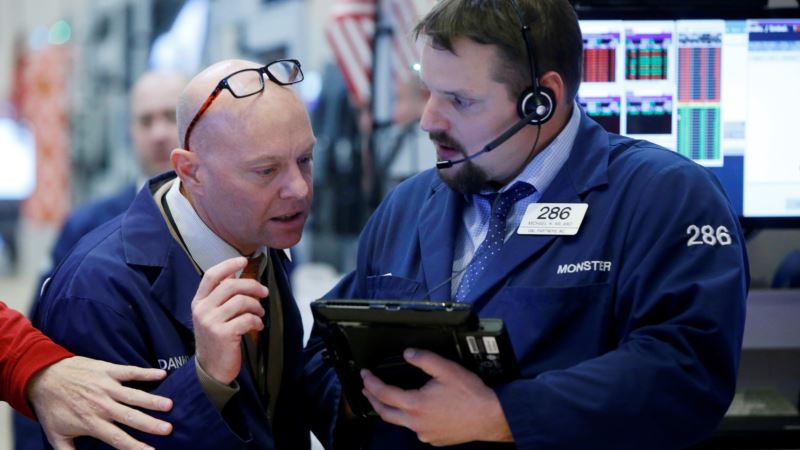U.S. stocks closed in the red on Friday, but the losses follow a week that saw all-time highs in the S&P 500, Dow Jones industrial average and Nasdaq. The Dow closed higher for six straight weeks in a row as it continues to flirt with the key 20,000 level. FOMC As was expected, the Federal Reserve's policy making arm, the Federal Open Market Committee (FOMC), decided to raise rates by 0.25 percent at the conclusion of its two-day meeting Wednesday. The move had been fully priced into financial markets for the past month. This was just the second rate hike in nearly a decade. A surge in the dollar brought it to levels not seen since early 2003, following the rate increase. “My number one position in terms of conviction is the U.S. dollar,” Keith McCullough, CEO of Hedgeye Risk Management said in an email. This marks the last of Fed statements between now and year-end. The interaction between fiscal and monetary policy in 2017 is a key concern for markets. The next major catalyst is in mid-February 2017 when Fed Chair Janet Yellen makes an appearance before Congress for her semiannual monetary policy testimony. It will provide the market with insight into the Fed's views on fiscal policy specifics provided by the incoming Trump Administration and Congress in early 2017. Trading week ahead Although the calendar is winding down, there are a few key events to be aware of including a speech by U.K. Prime Minister Teresa May on Brexit, the Bank of Japan's final policy meeting of the year and Russian President Vladimir Putin's only press conference of 2016. In the U.S., traders will get reports on new and existing home sales and manufacturing data. Key corporate earnings to watch include General Mills, FedEx, Nike, PayChex and Bed Bath & Beyond. Analysts view FedEx as an economic barometer since it delivers freight to companies and individuals around the world. Look for some color on global economic growth expectations since FDX is on the front line of consumer demand. Research analysts at JP Morgan initiated coverage on FedEx this past Wednesday with a bullish “overweight” rating and $233 price target, which represents nearly 16 percent upside to where the stock is currently trading. Meanwhile, analysts at Cowen reiterated their “outperform” rating on FedEx and raised the price target to $240 from $180. Trump rally momentum U.S. stocks have surged since the Nov. 8 presidential election, with the S&P rising 5.7 percent on bets that Trump's plans to deregulate sectors and increase infrastructure spending will boost the economy. “The prospects of pro-growth policy reforms under the Trump administration [deregulation, tax reform, fiscal spending] should continue to push the market higher,” the U.S. Equity Strategy team at JP Morgan said in a research report. “As noted in our post-election report, we expect the S&P 500 to reach 2300 in the near-term with continued rotation into value styles and industries.” But, how much juice is there left in the rally? “We are seeing levels of excitement on equities like we haven't seen for years in some cases,” Ryan Deitrick, Senior Market Strategist at LPL Financial said. “New highs will do that, but it is important to remember that this by itself doesn't mean a certain coming market correction. It could be a potential warning sign, but seasonality and the improving economic data are the two biggest positives for equities in the near term.” There are some areas of the market that have been under pressure, like interest rate sensitive sectors and commodities. “Based on our outlook, we are not buying bonds, gold or utilities and would look to short all three on any sort of bounce in those asset classes,” McCullough said. “Shorting” is a term used by traders to sell shares at higher prices, with the intent of buying them back at lower levels to make a profit.
After Record Week, US Stocks Close Lower






